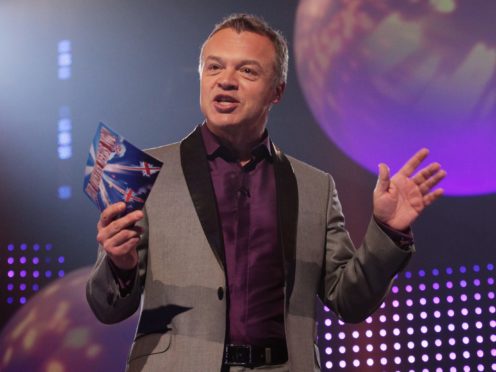Viewers from all participating countries in the Eurovision Song Contest will be invited to vote for their favourite songs on the night of the grand finale on May 18.
Fans can vote over the phone, by text or via the Eurovision app, available on iOS, Android and Windows devices.
Each person can vote up to 20 times but voters will be unable to select their own country’s entry.
The public votes make up 50% of the total vote, with the other half determined by a professional jury in each participating country.

The experts’ scores are based on the Friday night Jury Final performances.
After viewers have cast their votes, a national spokesperson from the 42 participating countries will be called in to present the points of their professional jury.
Celebrity Big Brother star and new It Takes Two host Rylan Clark-Neal is the UK’s spokesman this year.
After the presentation of the scores from the juries, the public points from all participating countries will be combined, providing one score for each song.
These public results will then be announced by the host, starting with the country receiving the fewest points from the public and ending with the country that received the highest number of points.
More details regarding the voting procedure can be found at
bbc.co.uk/eurovision
